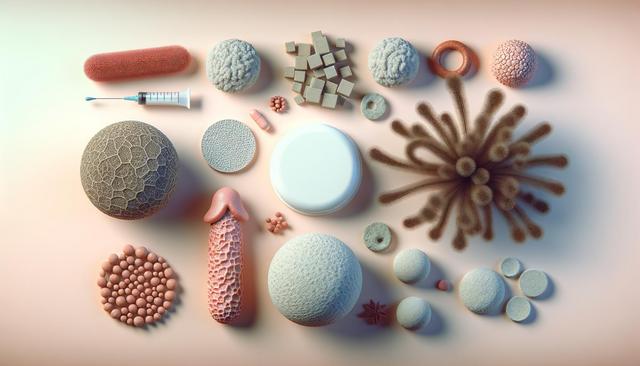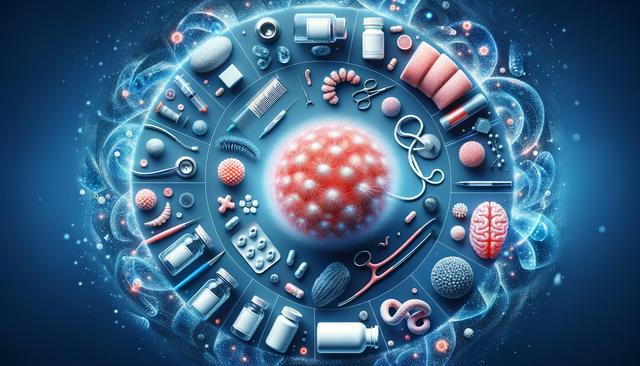Understanding CAH in Females
Congenital adrenal hyperplasia, or CAH, refers to a group of genetic disorders affecting the adrenal glands, with the most common form involving a deficiency in the 21-hydroxylase enzyme. This enzyme deficiency impacts hormone production, particularly cortisol and aldosterone, while causing an overproduction of androgens (male hormones). While CAH affects individuals of all sexes, CAH in females presents with distinct physical and reproductive implications that often lead to early identification and specialized care. In newborns, signs such as ambiguous genitalia can prompt early diagnosis, whereas in less severe forms, symptoms may not appear until later in childhood or adolescence.
Due to hormonal imbalances, girls with CAH may show signs of early virilization. These include:
- Enlarged clitoris or fused labia at birth
- Early appearance of pubic hair
- Rapid growth during childhood followed by early closure of growth plates
- Irregular menstrual cycles or absence of menstruation
Understanding how these symptoms manifest and progress is crucial for timely intervention and management. CAH symptoms in women can significantly impact physical development, fertility, and psychological well-being, making awareness and education essential for patients and caregivers alike.
Diagnosing CAH: Testing and Early Detection
Early detection of CAH in females is vital for effective treatment and improved quality of life. Diagnosis typically begins with hormonal testing, which measures levels of 17-hydroxyprogesterone (17-OHP). Elevated levels may indicate the presence of CAH. In newborns, CAH testing in women and girls is often part of routine screening, especially in regions where such tests are mandated by public health policies.
For a more definitive diagnosis, the ACTH stimulation test in CAH is widely used. This test measures the adrenal glands’ response to synthetic adrenocorticotropic hormone (ACTH). A suboptimal cortisol response alongside elevated androgen precursors confirms the diagnosis. Genetic testing may also be performed to identify mutations in the CYP21A2 gene, which is responsible for the 21-hydroxylase enzyme deficiency.
Women with mild or non-classic forms of CAH may not be diagnosed until adolescence or adulthood, often when they seek treatment for symptoms such as irregular menstruation or infertility. In such cases, CAH testing in women is critical to rule out other conditions and ensure accurate treatment. Early and accurate diagnosis helps tailor hormone replacement therapies and supports long-term health monitoring.
The Impact of CAH on Puberty and Reproductive Health
CAH can significantly influence puberty in females. The hormonal imbalance resulting from excess androgen production may cause early onset of secondary sexual characteristics while simultaneously disrupting typical female development. This condition, often referred to as CAH puberty, can present unique challenges both physically and emotionally.
Girls with CAH might experience:
- Early development of pubic and underarm hair
- Deepening of the voice
- Acne and excessive body hair (hirsutism)
- Delayed or irregular menstrual cycles
These symptoms can contribute to body image concerns and social difficulties during adolescence. In terms of reproductive health, CAH can affect fertility due to hormonal imbalances and structural differences in the reproductive anatomy. While some women with CAH can conceive naturally, others may require medical intervention, including hormone therapy or surgical procedures to correct anatomical variations.
Regular monitoring by specialists familiar with CAH gynecology is essential. Gynecologists play a key role in managing menstruation, fertility planning, and addressing any anatomical concerns. Multidisciplinary care, involving endocrinologists and psychologists, is often beneficial to support overall well-being through adolescence and into adulthood.
Long-Term Management and Care for Women with CAH
Managing CAH in females requires a lifelong approach focused on hormone regulation, psychological support, and reproductive health monitoring. Glucocorticoid replacement therapy is the cornerstone of treatment, aimed at reducing excess androgen production and restoring hormonal balance. Dosages must be carefully adjusted to avoid under- or overtreatment, both of which carry health risks.
Ongoing care includes:
- Regular hormone level monitoring
- Routine imaging to assess adrenal gland size and function
- Bone density evaluations to address potential impacts of long-term steroid use
- Psychological support to manage stress and body image concerns
Adolescents and adult women with CAH benefit from coordinated care that includes specialists in CAH gynecology. These professionals address menstrual health, contraception, and fertility planning. Transitioning from pediatric to adult care is a crucial step, ensuring continuity in treatment and support as life circumstances evolve. Patient education and self-management skills are also key elements in maintaining long-term health and well-being.
Psychosocial Considerations and Support Networks
Beyond the physical aspects, CAH in females can have profound psychosocial effects. Due to early-onset symptoms and the visible impacts of androgen excess, many girls and women face emotional challenges, including anxiety, low self-esteem, and social isolation. Addressing these concerns is just as important as managing the medical symptoms.
Support networks, both professional and peer-based, can make a substantial difference. Psychological counseling helps individuals process identity-related issues, manage stress, and build resilience. Support groups offer shared experiences and coping strategies, fostering a sense of community and understanding. Educational resources for families and schools can also improve social outcomes by promoting awareness and empathy.
Creating a supportive environment helps reduce stigma and encourages open communication about CAH symptoms in women. This approach empowers individuals to advocate for their needs, make informed decisions about their care, and lead fulfilling lives. Encouraging involvement in care planning and providing access to reliable information are essential steps in building confidence and independence.
Conclusion: A Lifelong Journey of Awareness and Care
Living with CAH as a female involves navigating medical, emotional, and social complexities. From early diagnosis through adulthood, the condition requires personalized care, regular monitoring, and comprehensive support. Awareness of CAH symptoms in women, understanding the nuances of CAH puberty, and utilizing diagnostic tools like the ACTH stimulation test in CAH are critical elements for effective management. Collaboration with CAH gynecology specialists ensures that reproductive and hormonal health is addressed with sensitivity and expertise. Ultimately, with informed care and strong support systems, women with CAH can lead healthy and empowered lives.




Leave a Reply